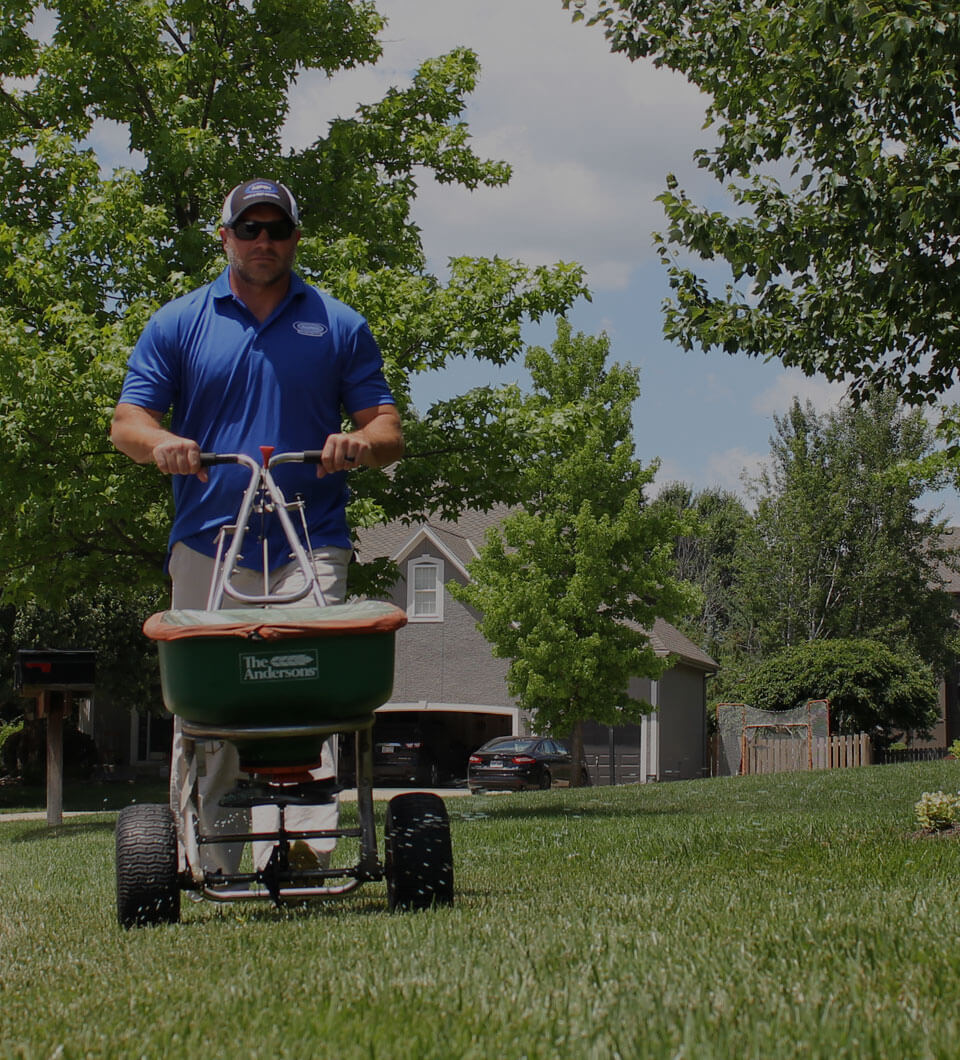Are you planting your tree correctly?
The following opinion was published by the Missouri Department of Conservation. It can be found on their website at https://www.mdc.mo.gov/conmag/2005/04/50.htm
Tree fanciers all have one thing in common. We all plant trees incorrectly. More specifically, we all plant trees too deeply. Maybe 10 percent of the people reading that sentence are thinking, “Yes, most everybody else does plant trees too deep, but not me.”
Well, I’m talking about you, too. Everyone plants trees too deeply. It seems to be ingrained in us.
Many of us have perspired over a newly planted tree envisioning someday, someone resting under its green shade, staring blissfully at a robin’s nest in its branches, or watching a deer grazing on its acorns on a crisp fall afternoon. However, by planting trees too deep in the soil, we dramatically reduce the tree’s capacity to ever reach its potential.
How is it that our tried-and-true tree planting methods are not so true? For starters, trees are planted too deeply at the tree nursery. Compounding the problem, modern tilling practices to control weeds at nurseries tend to throw dirt on top of tree roots, burying them even more. The trees we purchase these days come to us with up to 12 inches of extra dirt on top of their roots.
I think almost everyone assumes that the roots of the trees they have purchased are just under the soil line of the container or burlap. They’re not. You might already have six or more inches of soil above the roots.
We compound the problem when we dig a little deeper hole for the soil ball to ensure the tree is anchored solidly and is well braced.
To top it off, we often encase the lower trunk in a big pile of mulch, entombing the roots more deeply.
Take a critical look at the trees in your yard or local park. Do the tree trunks flare out at the base, or do they tend to look more like telephone poles, going straight down into the ground with no root flare? The lack of flare is likely because the roots are buried too deeply. If, however, you look at trees that were not planted but grew naturally, notice how all of their trunks flare out at the ground (except pines).
Does it really matter if trees are planted too deeply? The answer, we are beginning to understand, is yes.
When tree roots are planted too far underground, secondary roots grow toward the surface to compensate. Rather than growing up and then out from the tree, some roots tend to grow up and then in or across, close to the trunk. Sometimes they even grow around the trunk.
For the first few years, these oddly growing roots don’t seem to have any effect. As the tree matures, the buried trunk grows into these roots. Usually, about 10 to 20 years after a tree is planted too deeply, these roots girdle the underground trunk like a noose. The results are slowed growth, lost tree vigor, and premature death. In fact, a five-year study by the University of Minnesota shows that more than 80 percent of sugar maples that were in decline had stem girdling roots.
Besides stem girdling roots, trees that are planted too deeply often have problems with below ground trunk rot and root suffocation. Likewise, when a tree’s roots are too deep, the tree tries to produce a whole new system of roots at the correct depth. This also slows the tree’s growth and reduces vigor.
The Right Way
No matter what form of tree you choose to plant, whether balled-and-burlaped, container-grown or bare-root, the key is to determine where the topmost root (called the root flare) is growing off the trunk. You then have to ensure that the root flare is at (or ideally just above) the soil grade of the planting site.
Balled-and-burlaped trees are more cumbersome to handle than container-grown trees, and their soil balls often fall apart when unwrapped. Therefore, the method for planting differs slightly.
For balled-and-burlaped trees, probe the top of the soil ball close to the trunk to find the first roots. You can do this with a knitting needle, a clothes hanger or a stout wire. Measure the distance from the top of the soil ball to the root flare. Next, subtract that distance from the total depth of the burlaped soil ball. For instance, if you probe down 5 inches before you find the root flare, subtract 5 inches from the total depth of the burlaped soil ball. You should dig a hole to that depth, or even 1 to 2 inches shallower.
The width of the hole should be wider than the root ball. It is also good to break up the hole edges with a shovel so that emerging roots have looser soil to penetrate. However, the bottom of the hole should be firm. By digging the hole after measuring the root ball, you ensure the planted tree will be at the proper level.
Place the balled-and-burlaped tree in the hole and ensure that the trunk is straight. At this point the soil ball is still intact. After positioning the tree correctly, cut away the burlap and wire cage from the ball. Also, remove any twine or wire that is wrapped around the base of the trunk.
Next, use a spade to remove all of the dirt on the root ball above the root flare. At this time it is good to lay your shovel handle flat on the ground across the planting hole and check to see that the root flare is at or 1 to 2 inches above the soil grade of the planting site. If so, then fill soil back in the sides of the hole being sure not to add soil on top of the root flare.
Container trees are lighter than balled-and-burlaped trees, and their soil balls tend to remain intact when disturbed. Therefore, you don’t need to use a wire probe to find the root flare. Instead, pull the soil ball out from the container and remove the excess soil off the top of the soil ball until you find and uncover the root flare. Then, measure the depth of the “new” root ball and dig the planting hole to that depth or 1 to 2 inches shallower.
On container-grown trees, roots may have already begun to encircle the trunk. Straighten or loosen any of these roots to keep them from eventually becoming girdling roots.
The root flare on a bare root seedling is much easier to spot since it will not be hidden in soil. Check to see that the roots are not growing in a J-shape or encircling the trunk. Then, plant the tree in a hole as above.
When you finish installing the tree, thoroughly soak the entire planting hole, including the root ball, with water. Then, add mulch 2-3 inches deep and as wide as you like around the tree. Keep the mulch off the trunk. Your mulch ring should end up the shape of a flattened doughnut, rather than a volcano. Stake the tree only if necessary using a soft, loose tie that will not abrade the young bark of the tree.
That’s the right way!
This new method for tree planting is no more strenuous than what most of us have been doing all along. The difference is in finding the root flare before digging the hole, uncovering the flare from excess soil, and not planting the tree too deeply. This will help your tree reach its potential much faster and improve its vigor.
For more information on how to plant trees and to obtain a free diagram, contact your local Missouri Department of Conservation forester.
Aspen Lawn & Pest Control – Landscaping Company in Overland Park
As an Overland Park lawn fertilization company and lawn seeding company in Overland Park, we handle every facet of lawn care. Aspen provides our customers with lawn mowing services, lawn fertilization, landscaping design, landscape maintenance in Overland Park. We are also an industry-leading pest control company in Overland Park. Whether you’re looking for flea and tick control, Mosquito Armor®, treatment for pests infecting your trees or shrubs, or need indoor pest control in Overland Park to remove ants, spiders, and insects, Aspen can help!

Contact us today if you need a sprinkler installation in Overland Park or lawn care in Overland Park.
Our Overland Park pest control company is here to help! From spider control to mosquito control in Overland Park!
Aspen Lawn and Pest Control
Kansas City and Overland Park, KS
1265 N Winchester St.
Olathe, KS 66061


Socials